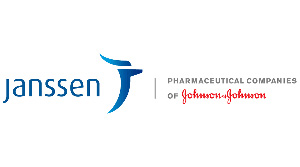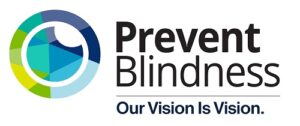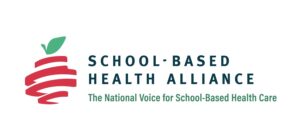Wednesday, November 1, 2023
Good vision helps children reach developmental milestones, achieve academic successes, play, and socialize, but vision disorders are the fourth most common disability in children in the United States. Community Health Centers (CHCs) are the vital source of primary care for almost 9 million (or 1 in 9) children and adolescents in the US.
Prevent Blindness, the Association of Clinicians for the Underserved, the National Association of Community Health Centers and the School-Based Health Alliance conducted this webinar to increase knowledge of four models of vision care for children in CHCs, enhance skills for identifying community partners for establishing children’s vision services, and raise awareness of the importance of integration of primary (pediatric) care and eyecare in community health centers. This webinar is the second of a two-part series for Community Health Center staff (including PCPs, nurses, referral coordinators, community health workers and others). Participants will learn about common childhood vision disorders, evidence-based vision screening, and models of investment for pediatric eye care in community health centers.
Watch Eyes on Access: Children’s Vision and Eye Health in Community Health Centers, Part 1
Presenters

Stacy Lyons, OD, FAAO
Professor of Optometry
Chair of the Specialty and Advanced Care Department
New England College of Optometry
Chair of the National Center for Children’s Vision and Eye Health Advisory Committee
Member of the Children’s Vision Massachusetts Coalition
Advisory Board of Women in Optometry

Dedrix Daka, OD
Chief of Optometry, MCR Health, Inc., Florida

Lindsey King, OD
Outreach Optometrist, Health Partners of Western Ohio
Member of Vision Services Committee of the Association of Clinicians for the Underserved

Jacqueline Pokusa, OD
Associate Director for Vision Services, Neighborhood Health, Virginia

Cari Van Pelt, ABOM
Office Manager/Licensed Optician, Vision Centers at Oyler & Academy of World Languages Schools, Ohio
This webinar is made possible by the generous support of:

This webinar is supported by the Health Resources and Services Administration (HRSA) of the U.S. Department of Health and Human Services (HHS) as part of an award totaling $625,000 with 0% financed with non-governmental sources. The contents are those of the author(s) and do not necessarily represent the official views of, nor an endorsement, by HRSA, HHS, or the U.S. Government. For more information, please visit HRSA.gov.



